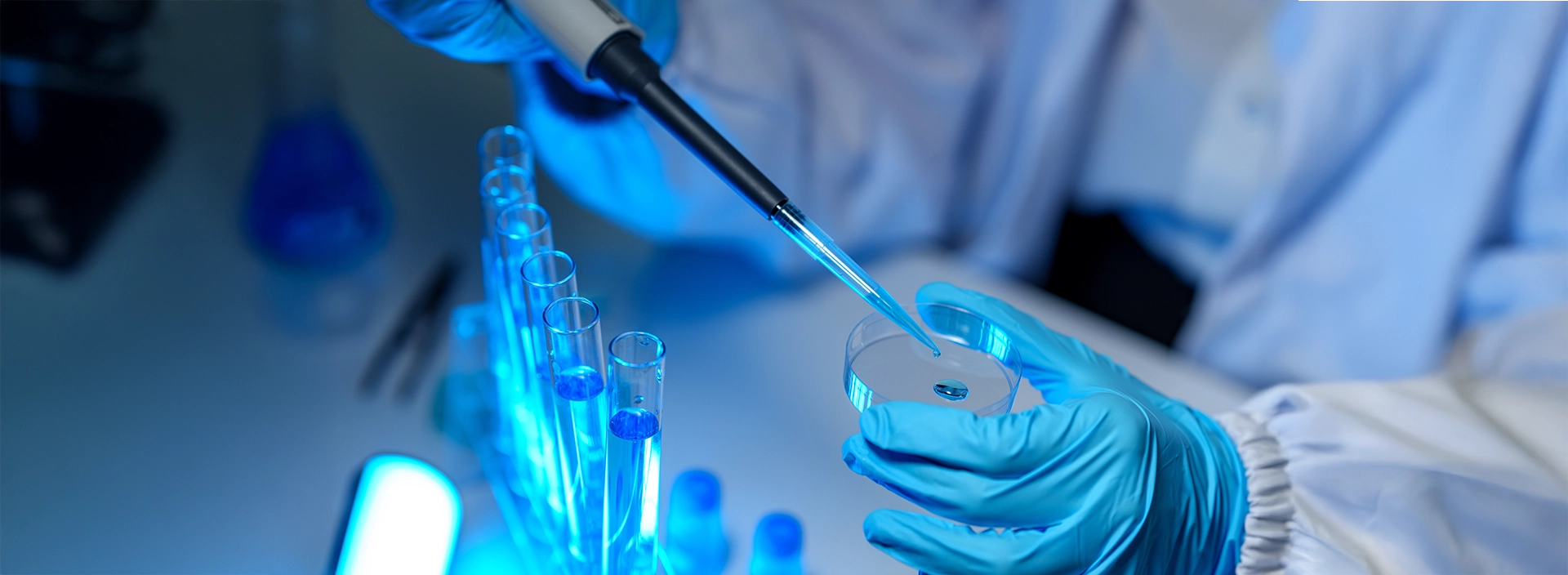Advanced Therapy Medicinal Products (ATMPs) are a major advancement in medical science.
They offer innovative treatments based on genes, cells, or tissues. However, these therapies also present unique challenges in regulation and facility design. Alf Penfold, Technical Director at PM Group, highlights the differences in regulatory approaches by the FDA, EMA, PIC/S, and ICH.
Alf outlines the subtle differences in ATMP regulations and guidelines and explores the impact of ICH Q5A on ATMP facility design.
Understanding the details behind these guidelines is more critical than ever.


“Navigating the regulatory landscape for ATMPs requires a thorough understanding of the differences between various guidelines and the unique challenges posed by these advanced therapies.”
Alf Penfold
Technical Director - GMP/Regulatory Compliance
Understanding ATMPs
ATMPs use genes, cells, or tissues to provide therapeutic benefits for specific medical conditions. Unlike traditional manufacturing processes, ATMPs require heightened segregation and unique handling procedures.
Cell therapy products involve manipulating living cells to treat diseases or injuries. These can be autologous (from a single patient and returned to the same patient) or allogeneic (from multiple donors, used to treat many patients).
Regulatory perspectives
The regulatory landscape for ATMPs varies across different regions:
FDA
The US FDA has issued guidance on cell and gene therapy facilities. However, it has yet to establish specific regulations. The FDA focus is on ensuring safety and efficacy through guidelines. These include "The FDA Perspective on Commercial Facility Design for Cell and Gene Therapy Products" by Dr. Lily Koo
EMA
The European Medicines Agency (EMA) has specific regulations for ATMPs, outlined in EudraLex Volume 4, Part IV. These guidelines cover good manufacturing practices (GMP) specific to ATMPs. They were formerly part of EudraLex Volume 4, Annex 2
ICH
The International Council for Harmonisation (ICH) has been instrumental in harmonising GMPs and regulations. ICH Q5A provides guidance on the viral safety of biotechnology products, impacting the design of ATMP facilities
PIC/S
The Pharmaceutical Inspection Co-operation Scheme (PIC/S) has over 50 member countries. PIC/S aims to harmonise GMPs and regulations. PIC/S Annex 2A provides detailed guidelines for ATMPs, with some differences in approach from EudraLex Part IV

Challenges with EudraLex
EudraLex Part IV, while comprehensive, has limitations. It does not always provide clear references to other relevant regulations. These include Annex 1, which is crucial for sterile medicinal products. This lack of clarity can lead to confusion and inconsistencies in the interpretation and application of regulations.
GMP vs GTP
Good Manufacturing Practices (GMPs) apply to the manufacturing of pharmaceuticals. GMPs include ATMPs, ensuring consistent quality, safety and efficacy. It covers all aspects of production, from raw materials to finished products.
Good Tissue Practice (GTP) guidelines govern the handling, processing and storing of human cells and tissues. GTP guidelines also include cellular and tissue-based products (HCT/Ps). GTP ensures the safety, purity, and potency of HCT/Ps. It covers donor screening, tissue recovery, processing, storage, labelling and distribution.


“By staying informed about the latest regulations and guidelines, stakeholders can ensure the safe and effective development and manufacturing of ATMPs.”
Alf Penfold
Technical Director - GMP/Regulatory Compliance
Impact of ICH Q5A
ICH Q5A provides guidance on the viral safety of biotechnology products. It focuses on assessing sources of viral contamination. It also focuses on designing manufacturing processes capable of removing these viruses.
The updated ICH Q5A (R2) adopted on 1 November 2023, emphasises viral clearance steps. It requires a risk-based approach for processes where viral clearance is not feasible.
Read more about how multiple modalities may be accommodated in the same facility.








